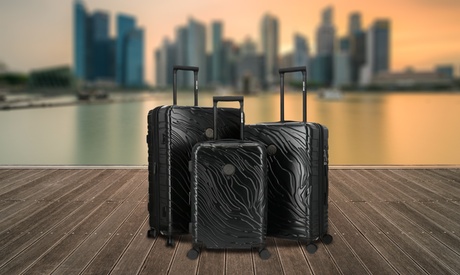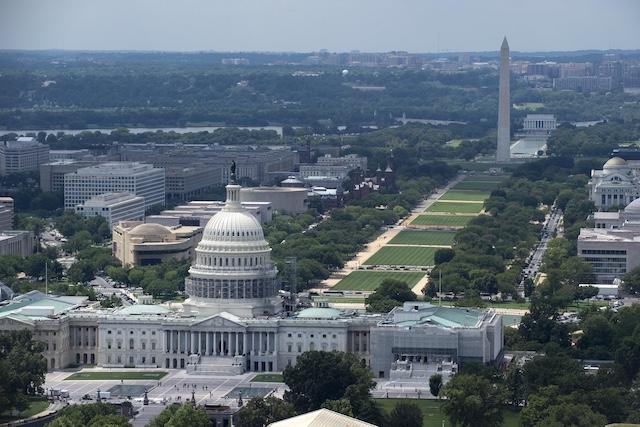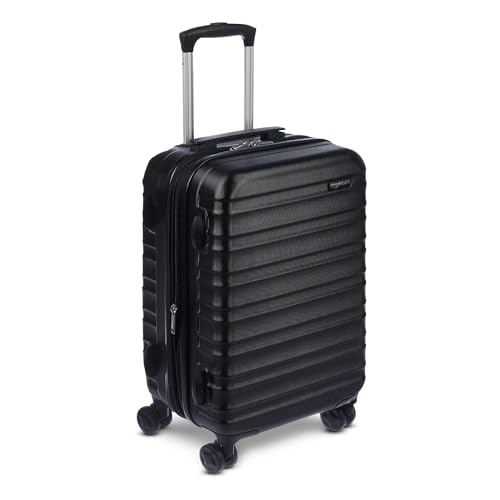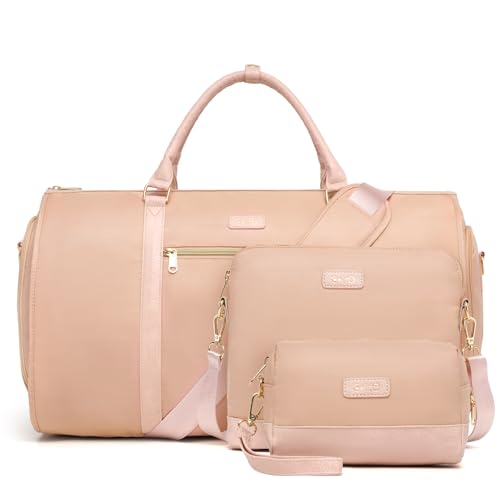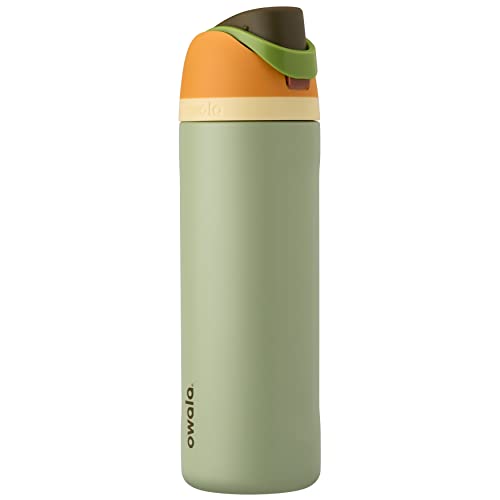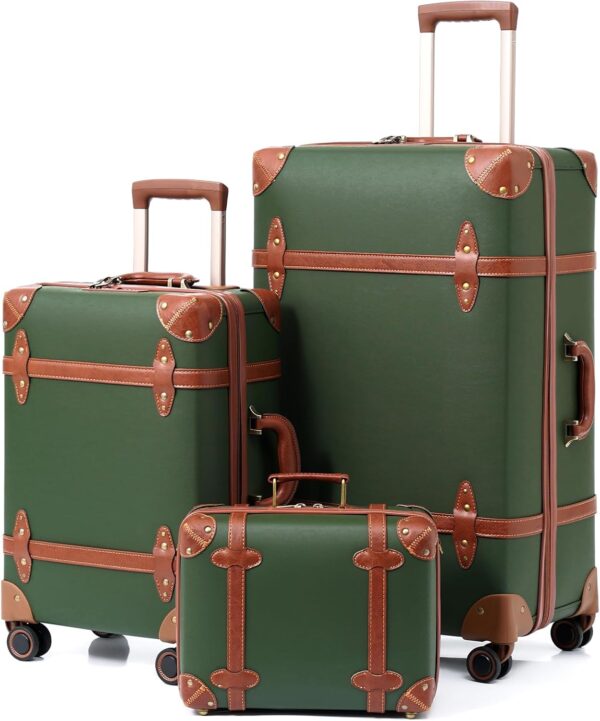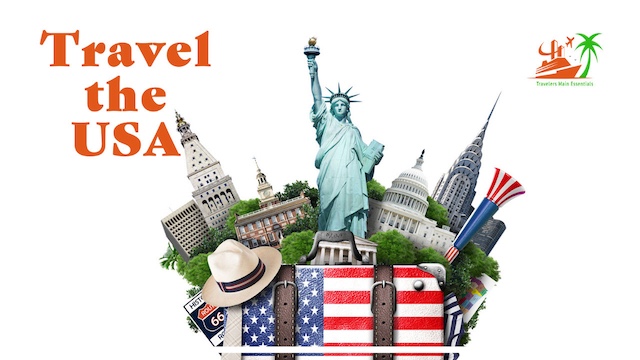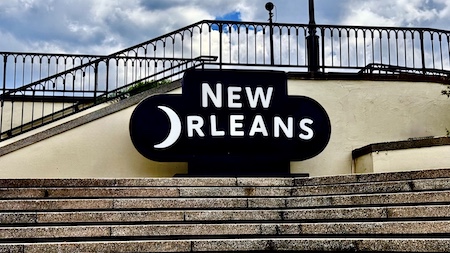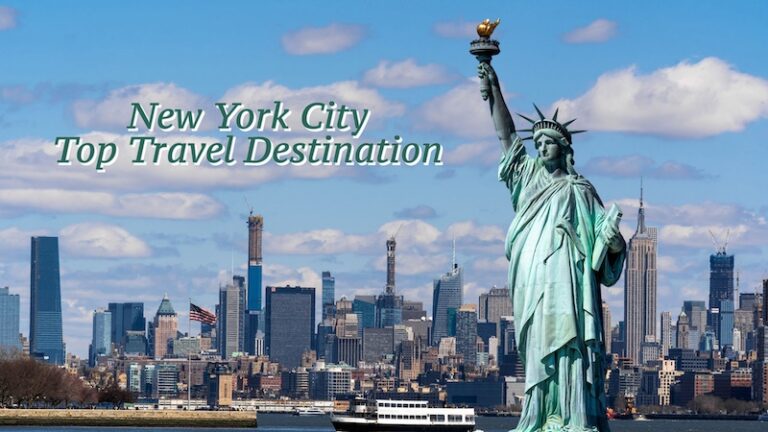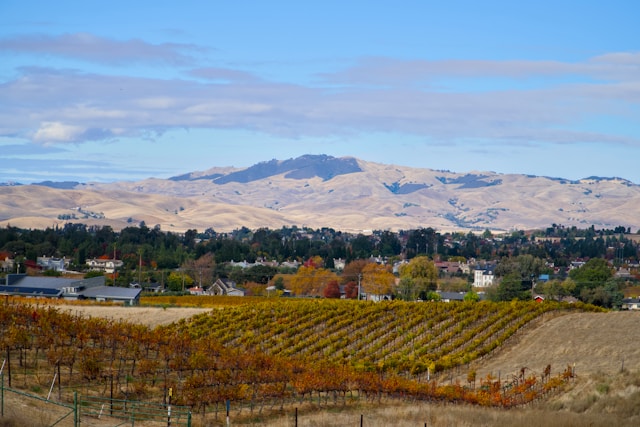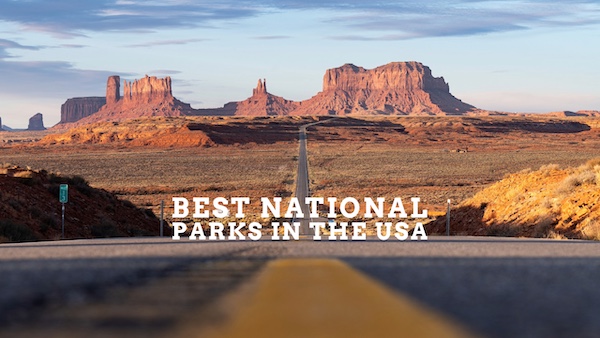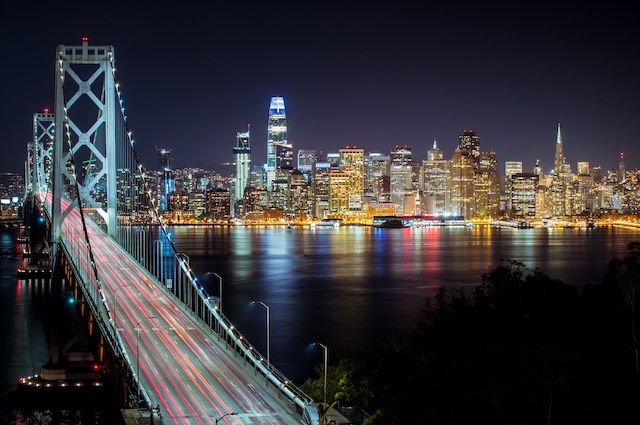Visiting New York and Washington D.C. in A Week
Looking to visit New York City and Washington, DC for a week, then here is the week-long itinerary for visiting both New York City and Washington, D.C.:
First Day: Arrival in New York City
- Arrive in New York City and check into your hotel.
- Take a leisurely stroll through Central Park.
- Explore Times Square and its vibrant atmosphere.
- Dinner at a nearby restaurant.
Second Day: Midtown Manhattan
- Visit the Empire State Building or Top of the Rock for panoramic city views.
- Explore the Museum of Modern Art (MoMA) or the Metropolitan Museum of Art (MET).
- Walk along Fifth Avenue and do some shopping.
- Dinner in Midtown.
Third Day: Downtown Manhattan
- Visit the 9/11 Memorial & Museum.
- Explore Battery Park and take the ferry to the Statue of Liberty and Ellis Island.
- Walk along Wall Street and visit the Charging Bull and Fearless Girl statues.
- Dinner in the Financial District or Tribeca.
Fourth Day: Brooklyn Exploration
- Stroll across the Brooklyn Bridge for stunning views of the Manhattan skyline.
- Explore Brooklyn Heights and its charming streets lined with brownstones.
- Visit the Brooklyn Botanic Garden or Prospect Park.
- Dinner in Brooklyn, perhaps in the Williamsburg neighborhood.
Fifth Day: Travel to Washington, D.C.
- Check out of your hotel in NYC and travel to Washington, D.C. (you can choose to fly, take a train, or drive).
- Check into your hotel in Washington, D.C.
- Visit the National Mall and explore iconic landmarks like the Lincoln Memorial, Washington Monument, and Capitol Building.
- Dinner in the Capitol Hill area.
Sixth Day: Museums and Monuments
- Visit the Smithsonian museums along the National Mall, such as the National Air and Space Museum, the National Museum of American History, and the National Gallery of Art.
- Explore the monuments and memorials, including the Vietnam Veterans Memorial, World War II Memorial, and Martin Luther King Jr. Memorial.
- Dinner in the Dupont Circle area.
Check out the Washington D.C. Travel Guide from Amazon
Seventh Day: Explore Neighborhoods and Departure
- Explore neighborhoods like Georgetown or Adams Morgan.
- Visit the United States Holocaust Memorial Museum or the Newseum.
- Lunch at a local eatery.
- You may have free time for last-minute shopping or sightseeing, depending on your departure time.
- Departure from Washington, D.C.
This itinerary provides a balanced mix of iconic landmarks, cultural experiences, and local exploration in New York City and Washington, D.C. You can adjust it based on your interests and preferences.
Safest Neighborhoods in NYC For Tourists:
New York City is generally a safe destination for travelers, but like any large city, it’s essential to be aware of your surroundings and take precautions.
1. Upper East Side:
Known for its upscale residential buildings, museums, and proximity to Central Park, the Upper East Side is considered one of the safest neighborhoods in Manhattan.
2. Battery Park City:
Battery Park City is a peaceful waterfront setting in Lower Manhattan with parks, walking paths, and views of the Statue of Liberty. It’s a family-friendly area with low crime rates.
3. Tribeca:
This trendy neighborhood in Lower Manhattan is known for its cobblestone streets, upscale restaurants, and converted loft buildings. It’s considered safe and attracts a mix of residents and visitors.
4. Upper West Side:
Situated near Central Park and home to cultural institutions like the American Museum of Natural History and Lincoln Center, the Upper West Side is a safe residential area with tree-lined streets and a relaxed atmosphere.
5. Greenwich Village:
Known for its historic charm, tree-lined streets, and vibrant nightlife, Greenwich Village is a safe and walkable neighborhood with a diverse community and plenty of dining and entertainment options.
6. Brooklyn Heights:
Just across the Brooklyn Bridge from Lower Manhattan, Brooklyn Heights offers stunning skyline views and a peaceful, residential vibe. It’s considered one of the safest neighborhoods in Brooklyn.
7. Astoria, Queens:
Located in western Queens, Astoria is a diverse and lively neighborhood known for its Greek and international cuisine, cultural attractions, and low crime rates.
While these neighborhoods are generally safe, it’s always a good idea to exercise caution, especially at night, and to be mindful of your belongings.
Additionally, stay in well-lit areas, avoid walking alone in unfamiliar areas late at night, and use trusted transportation options like licensed taxis or rideshare services.
Getting Around in New York City:
For safety and easy access to transportation in New York City, consider staying in one of the following areas known for their convenient location and good transit connections:
1. Midtown Manhattan:
Midtown is a central location with easy access to major attractions, restaurants, and shopping. It’s also well-connected by subway lines, making it convenient for exploring the city.
Look for hotels near Times Square, Herald Square, or major subway stations like Penn Station or Grand Central Terminal.
2. Lower Manhattan:
Lower Manhattan, including neighborhoods like Tribeca, Battery Park City, and the Financial District, is near attractions like the Statue of Liberty, One World Trade Center, and the 9/11 Memorial & Museum.
It’s also a hub for transportation, with multiple subway lines and ferry terminals providing access to other parts of the city and beyond.
3. Long Island City, Queens:
Located just across the East River from Midtown Manhattan, Long Island City offers a more residential vibe while providing easy access to Manhattan via subway or ferry.
It’s a great option for slightly more affordable accommodations without sacrificing convenience.
4. Brooklyn Heights:
Situated just across the Brooklyn Bridge from Lower Manhattan, Brooklyn Heights offers stunning views of the Manhattan skyline and easy access to both Brooklyn and Manhattan attractions.
It’s well-connected by subway lines and provides access to the NYC Ferry system.
5. Upper West Side:
The Upper West Side is a quieter residential neighborhood with easy access to Central Park, the American Museum of Natural History, and Lincoln Center.
Several subway lines serve it, offering a more relaxed atmosphere than Midtown.
When choosing accommodations, consider factors such as proximity to subway stations, safety of the neighborhood, and reviews from previous guests regarding cleanliness and security.
Additionally, it is always a good idea to book accommodations well in advance, especially during peak tourist seasons, to secure the best options and rates.
Transportation From New York City To D.C.
The best mode of transportation from New York City to Washington, D.C. depends on factors such as budget, time constraints, and personal preferences.
Here are some popular options:
1. Train (Amtrak):
Amtrak offers several daily departures between New York City’s Penn Station and Washington, D.C.’s Union Station.
The Acela Express is the fastest option, taking around 2.5 to 3 hours, while regional trains take approximately 3.5 to 4.5 hours.
Trains are known for their comfort, reliability, and scenic views along the Northeast Corridor.
2. Bus:
Several bus companies, including Greyhound, Megabus, and BoltBus, operate frequent services between NYC and D.C. Buses are generally more affordable than trains but may take longer, with travel times ranging from 4.5 to 5.5 hours, depending on traffic.
3. Car:
Driving from New York City to Washington, D.C. is an option, especially for those who prefer flexibility or have specific destinations.
The distance is approximately 225 miles, and travel time can vary depending on traffic conditions and route. Keep in mind that parking in D.C. can be limited and expensive.
4. Airplane:
While flying is an option, it’s usually more time-consuming and expensive than other modes of transportation for this relatively short distance.
However, if time is a significant factor or if you find a good deal on airfare, flying from one of NYC’s airports (such as JFK, LaGuardia, or Newark) to Washington, D.C.’s airports (such as Reagan National or Dulles) may be worth considering.
Ultimately, the best mode of transportation depends on your priorities and preferences.
Taking the train (Amtrak) is often the most popular choice for speed and convenience. Buses are a good option if you’re looking for affordability.
If you prefer driving or need flexible schedules, renting a car may be the best choice. When deciding, consider cost, travel time, comfort, and convenience.
Happy Travels!

